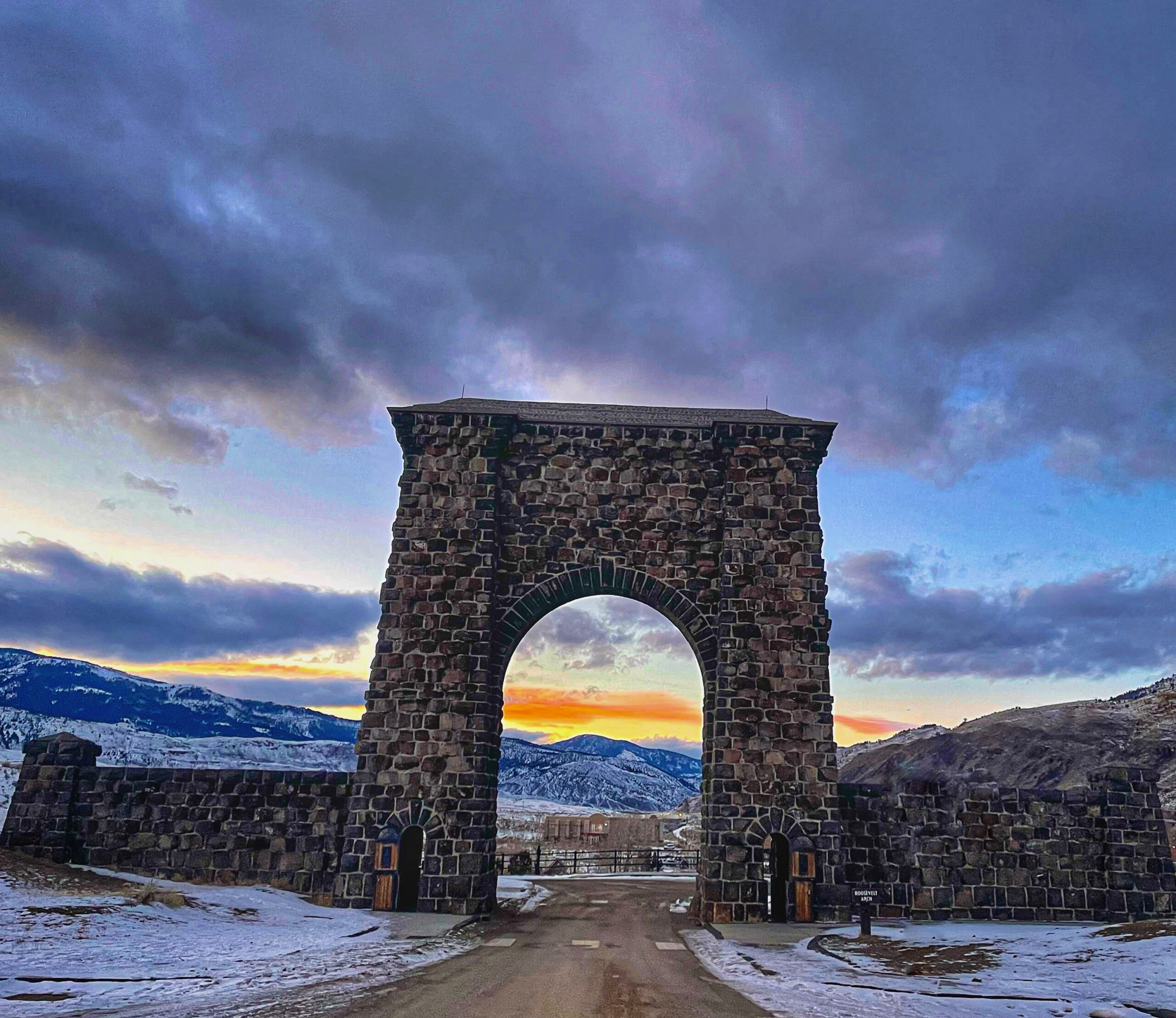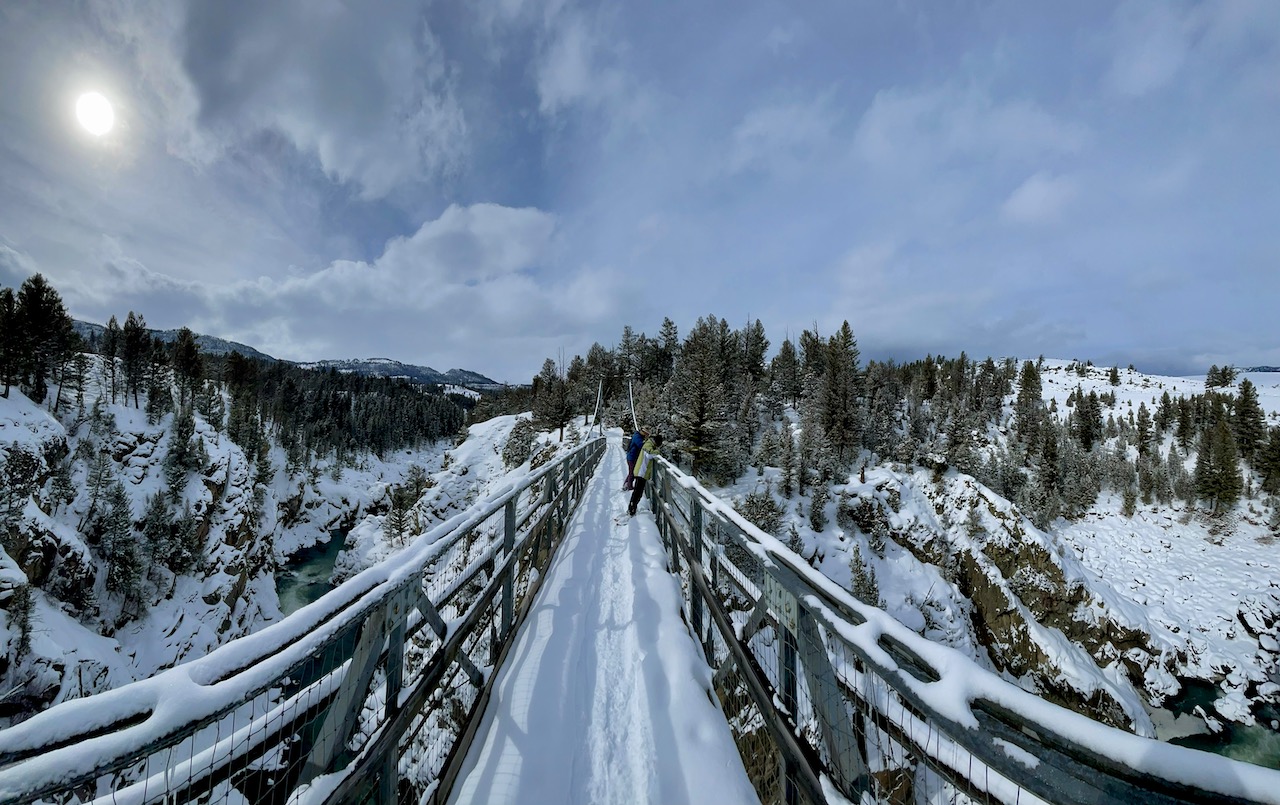On Friday, January 21st, Yellowstone National Park announced that they had 4,860,537 recreation visits in 2021, up 28% from 2020 (3,806,306 visits), making it the busiest year on record. It was no doubt a busy summer in the park. Long lines at the Madison Junction turned quick summer trips into the park into a parking lot, with traffic snarled at the three way intersection for hours at a time. Parking was difficult to find at the hot spots in the park, primarily the geyser basins. Yet, the record numbers being reported don’t quite add up, according to Yellowstone Superintendent Cam Sholley.
In an interview with the great people over at Wyofile.com, he is quoted as saying, “The 4.8 million visits this year is a pretty deceiving number.” He contiued by telling WyoFile that there was a shift in how tourists were traveling in and out of the world’s first national park, which threw off Yellowstone’s methodology for counting heads. Because of COVID-19 and related staffing shortages, about 20% of the beds in the park were unavailable.
“That 20% [of people] left the park,” Sholly said to Wyofile. “They came back two or three times, and got counted two or three times instead of once.”
In the article on Wyofile’s website, they claim that the number of people is off by roughly a million people. the article continues by saying that Yellowstone staff discovered the discrepancy poring over the visitation data. All told, there were 350,000 more vehicles than expected reentering the park, but each rig — and its occupants — reentered an average of 2.6 times.
For those that don’t know me, I am a stats nerd when in comes to park visitation. I obsess over it. I check all the metrics throughout the year and enjoy sharing that information with others. Over the summer, I posted about this on Twitter, crunching numbers on my own and reaching the same conclusion. The outcry was a little ridiculous over my hypothesis. And yet…
The reality of park amenities being closed or restricted helped lead to a mass migration in and out of the park each day. The multiple counting of the same vehicles, as well as the same vehicles on the road each and every day going back and forth, created some very specific choke points. The traffic snarls at Madison, which have existed for awhile, were amplified and multiplied by the mass amounts of visitors heading back to West Yellowstone, Island Park, Big Sky and Bozeman. Instead of a few minutes delay, the wait time to go straight or turn at the junction n could sometimes take hours. This number would have been reduced if more lodging and camping options were open in the park for the summer. It still would have existed though.
In the northern part of the park, the minimal wait times at the gate at Gardiner became a running joke with friends and ranger friends who manned the small gate. I’d snap pictures of the one car ahead of me on a Saturday morning in July and complain about the “crowds.” The longest I waited at the park the entire summer was 30 minutes, due to construction. I went on weekends and weekdays, holidays and any time I could and marveled at the lack of cars entering and leaving each day. Sure it got busy sometimes, but nothing out of the ordinary and nothing like 2016. My teasing about the lack of wait times was all tongue in cheek, as I knew the park was getting slammed daily at the West Entrance. Even the rangers would say that they would pick on their colleagues about the crowds they had at West, when they had it relatively easy elsewhere.
Now, the important thing here is that while visitation numbers were indeed skewed in 2021, the traffic issues at Madison and in West Yellowstone are dire and need to be dealt with. The park, along with the majority of parks around the country, have seen a steady and sometimes sharp increase in visitation. The number at the gate in 2021 is correct. That many people did indeed enter the park. That cannot be denied. However, the number does deserve an asterix next to it.
The anomaly of the lack of amenities that led to the miscounting demonstrates a need for better flow of travel in and out of the park, as well as more options for lodging in the park. Sadly, neither of these seem to be in the works for the 2022 summer season, meaning that the problems that plagued the popular corners of the park will more than likely remain. Reservations for entry will not work for a park like Yellowstone, and instead the solution is forward thinking, fully funded, progressive and aggressive approaches to ensuring that the parks will always remain for the benefit and enjoyment of the people.
Not just some people.



